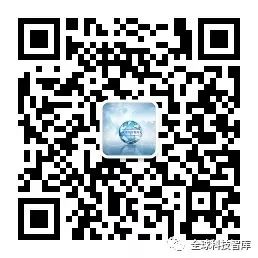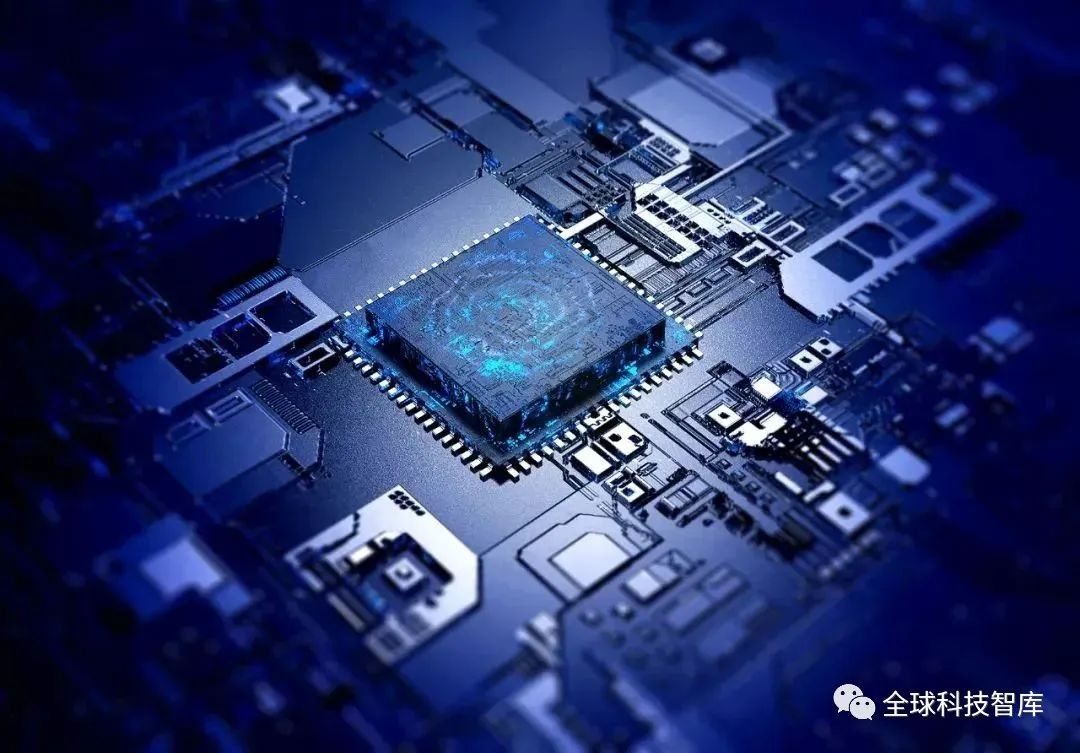
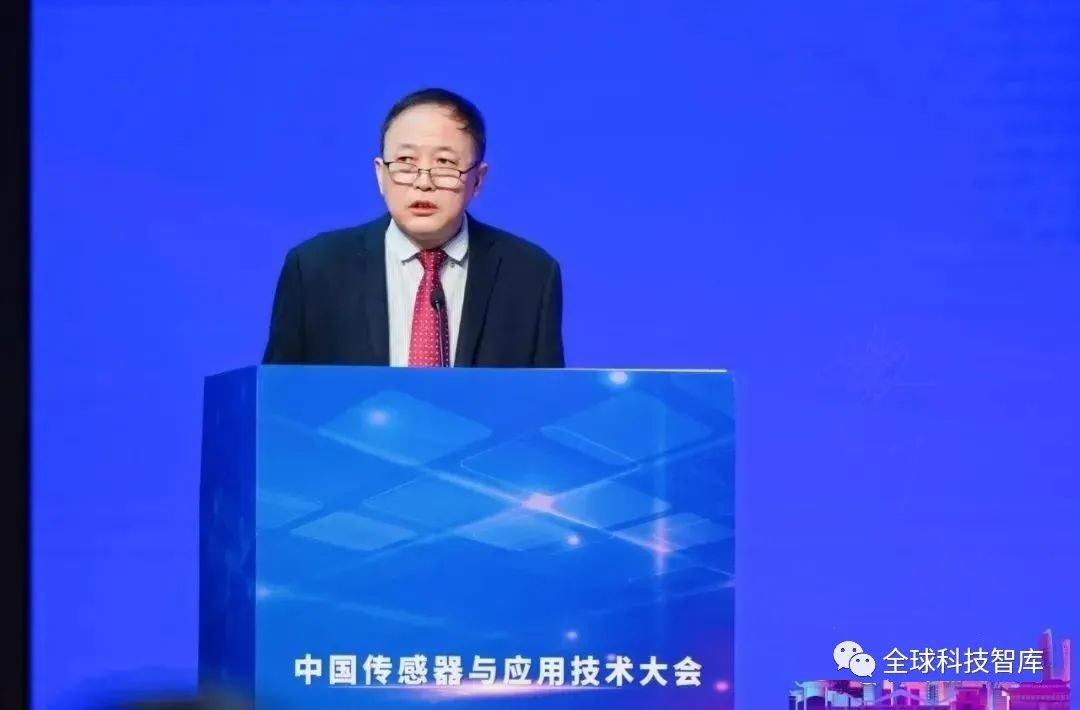
Guo Yuansheng, Deputy Director of the 93rd Central Science and Technology Committee; Chief Engineer of the Electronic Components Industry Development Research Center of the Ministry of Industry and Information Technology; Vice President of the China Sensor and Internet of Things Industry Alliance; Vice Chairman of the Sensitive Technology Branch of the China Electronics Society; Deputy Director of the National 3D Competition Committee; Deputy Director of the Strategic Committee of the Sensor Intelligent Technology Innovation Center of Beijing Institute of Technology; Distinguished Professor at Shandong University; Part-time Professor at Wuhan University, East China University of Science and Technology, and Beijing University of Posts and Telecommunications. He is a project review expert for the National Development and Reform Commission, MIIT, and the Ministry of Science and Technology, and has participated in the writing and approval of national electronic information planning documents such as the “White Paper on the Development of the Chinese Sensor Industry” and the “13th Five-Year Plan for the Development of China’s Electronic Components Industry.”
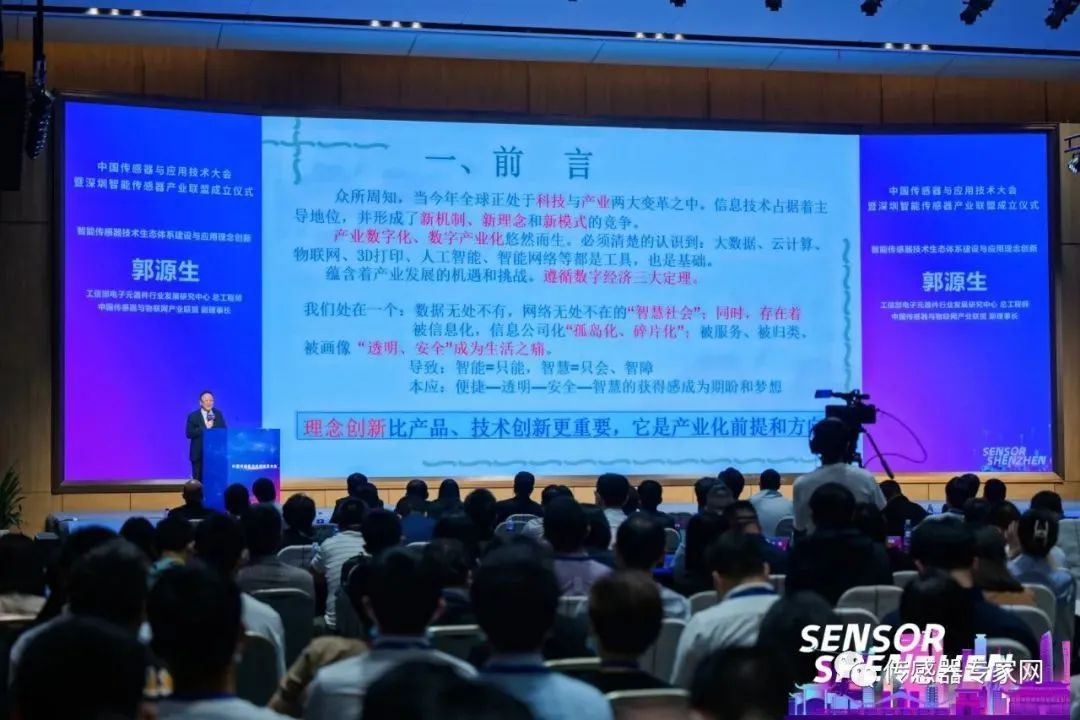
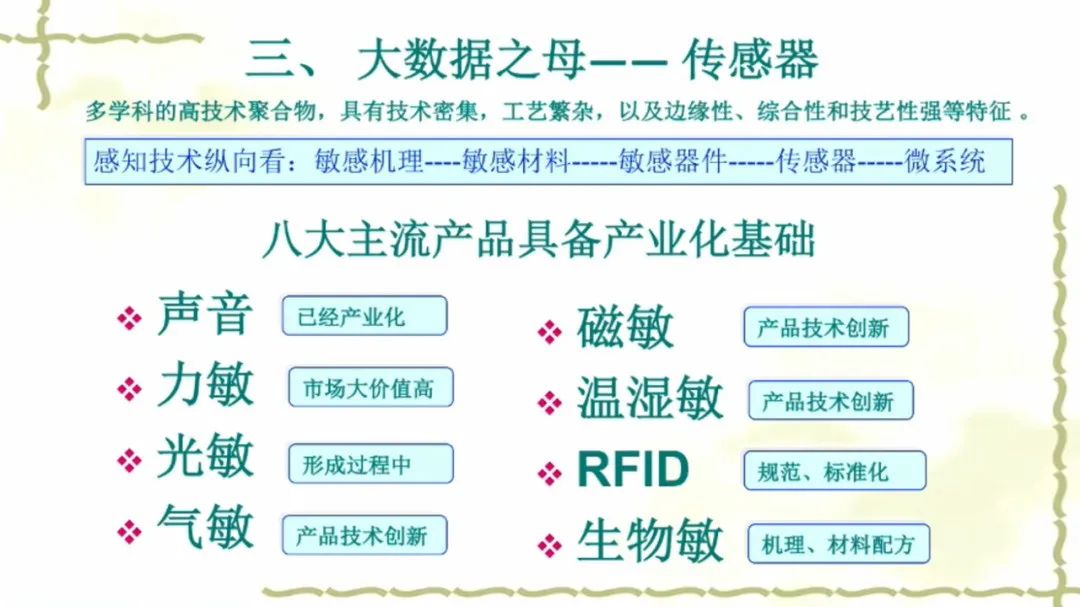
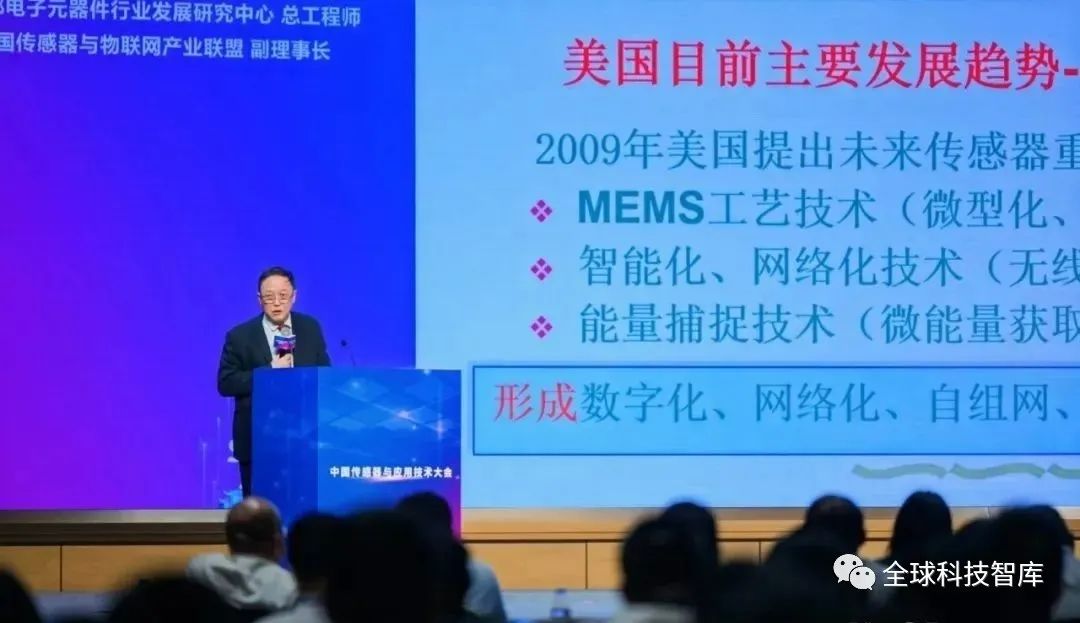

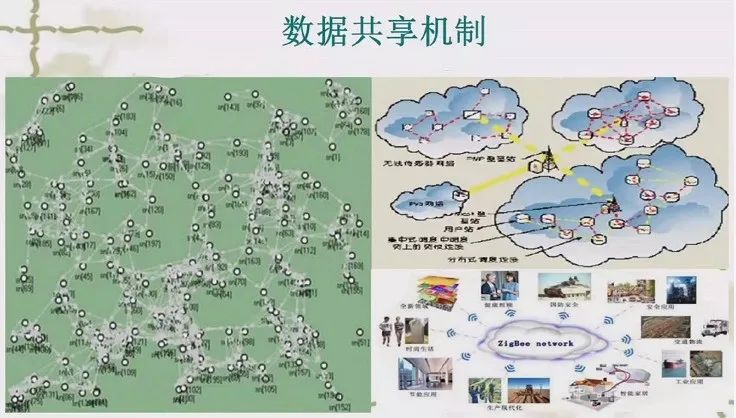
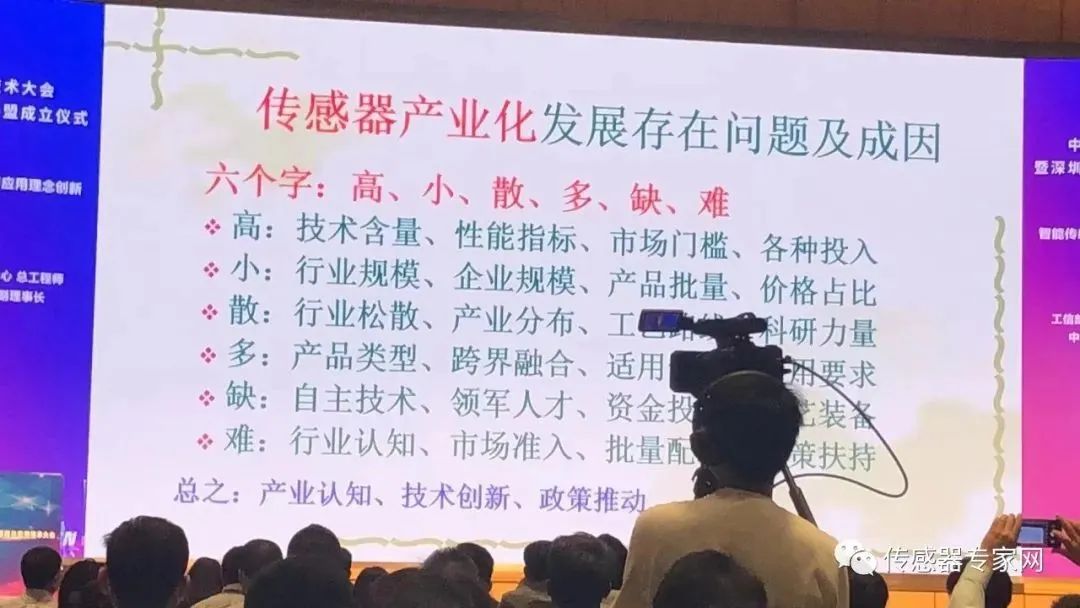
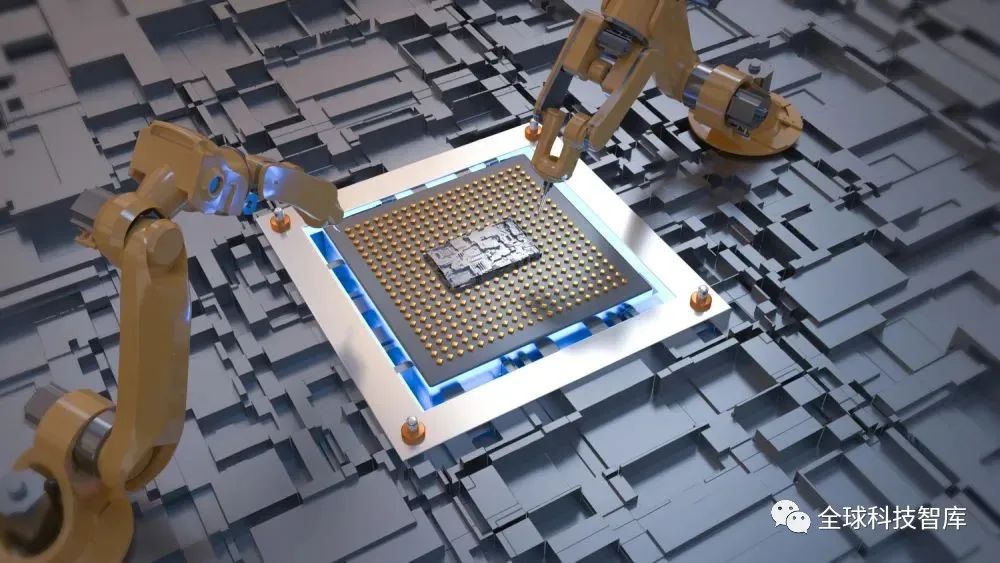
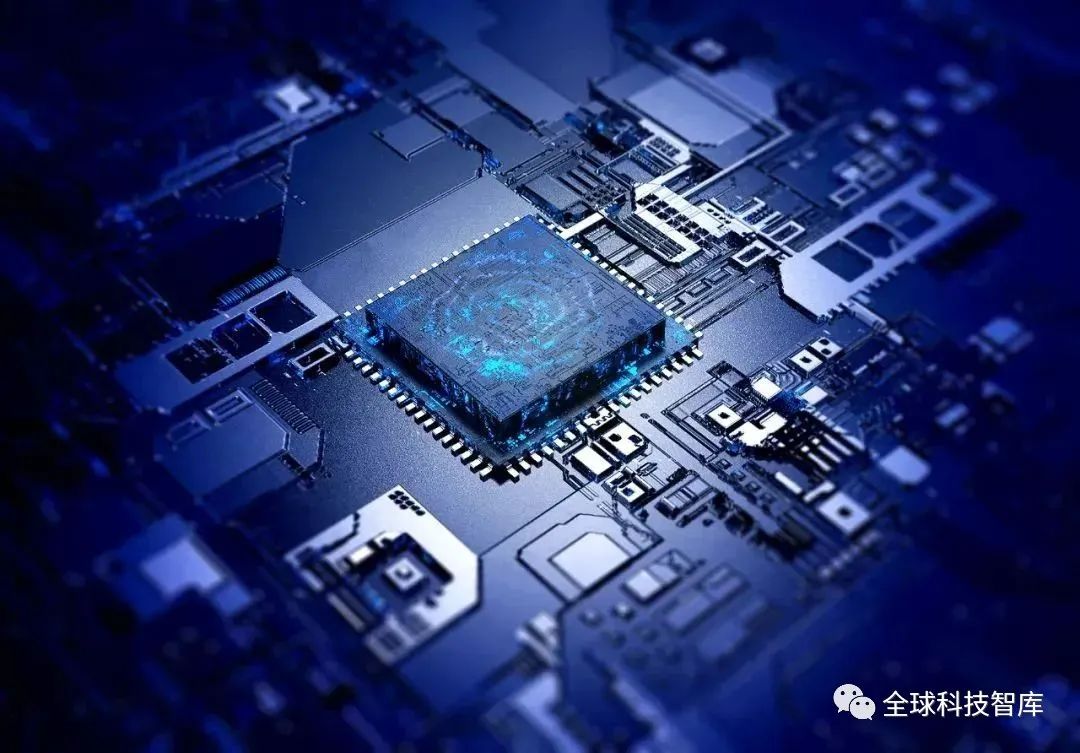
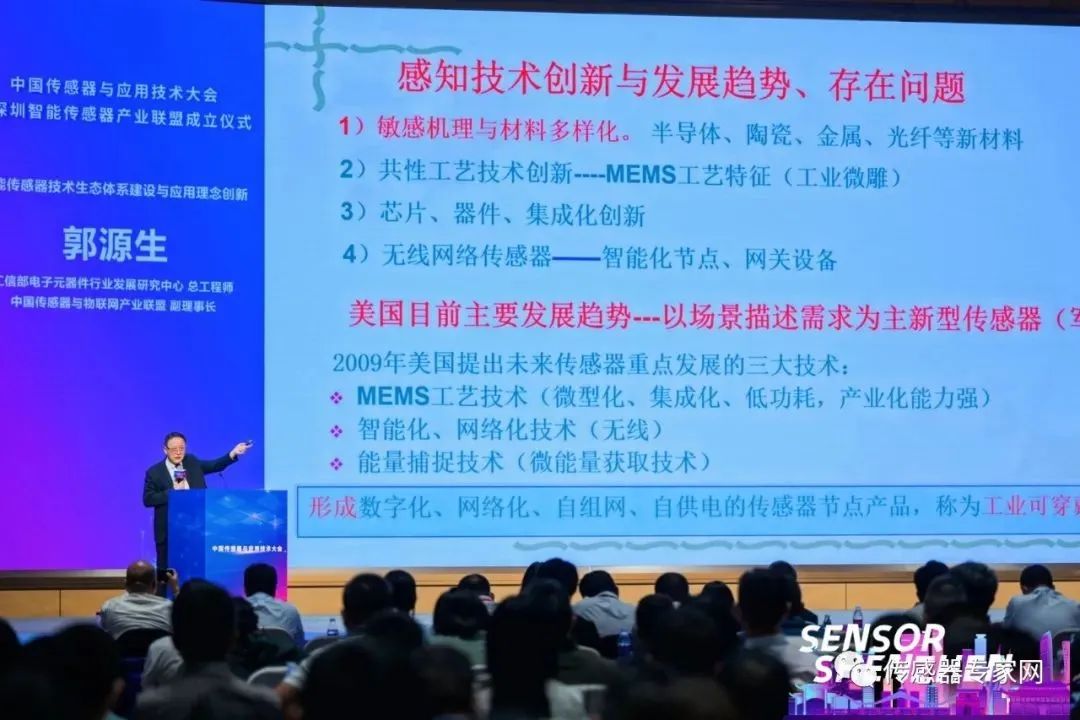
Source: China Sensor and Application Technology Conference, Henan Province Intelligent Sensor Industry Association, China Electronics News, Sensor Expert Network (This article is a comprehensive summary)

Recently Everyone is Watching
1. 45 rare disease drugs included in the medical insurance drug list, domestic pharmaceutical companies accelerate layout for rare disease drugs
2. Ultra-efficient artificial optoelectronic neurons become a reality? Speed is 30,000 times faster than natural neurons, research published in Nature’s sub-journal
3. Baidu’s Metaverse “strengthens reality with virtuality, reduces costs and increases efficiency,” AIGC will disrupt content production models
4. The industrial journey of a cigarette
5. From “stuck neck” to “domestic substitution,” how new materials industries break through PI, nylon 66, optical films…
6. Hot! Drone application scenarios accelerate landing! Besides delivery, can it also build houses? Netizens: Super hardcore!
7. Scanning modeling + feature extraction + recognition matching + weld seam extraction + path planning for weld seam tracking welding
8. Multifunctional swarm intelligence service robots’ application scenarios debut at the 2022 Expo
9. The first day of the 5th Expo was filled with excitement—promoting sharing and win-win through openness
10. The opening ceremony of the 5th World Top Scientists Forum and the first World Top Scientists Association Award ceremony is held today in Shanghai
1. 45 rare disease drugs included in the medical insurance drug list, domestic pharmaceutical companies accelerate layout for rare disease drugs
2. Ultra-efficient artificial optoelectronic neurons become a reality? Speed is 30,000 times faster than natural neurons, research published in Nature’s sub-journal
3. Baidu’s Metaverse “strengthens reality with virtuality, reduces costs and increases efficiency,” AIGC will disrupt content production models
4. The industrial journey of a cigarette
5. From “stuck neck” to “domestic substitution,” how new materials industries break through PI, nylon 66, optical films…
6. Hot! Drone application scenarios accelerate landing! Besides delivery, can it also build houses? Netizens: Super hardcore!
7. Scanning modeling + feature extraction + recognition matching + weld seam extraction + path planning for weld seam tracking welding
8. Multifunctional swarm intelligence service robots’ application scenarios debut at the 2022 Expo
9. The first day of the 5th Expo was filled with excitement—promoting sharing and win-win through openness
10. The opening ceremony of the 5th World Top Scientists Forum and the first World Top Scientists Association Award ceremony is held today in Shanghai

